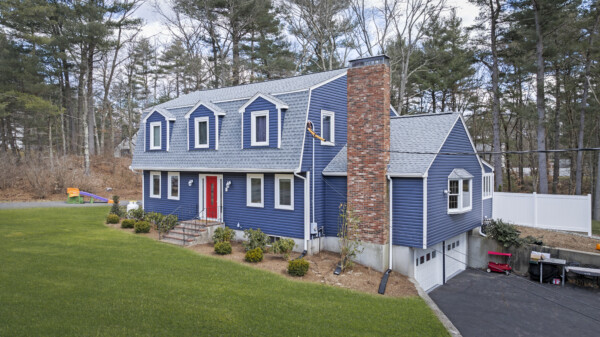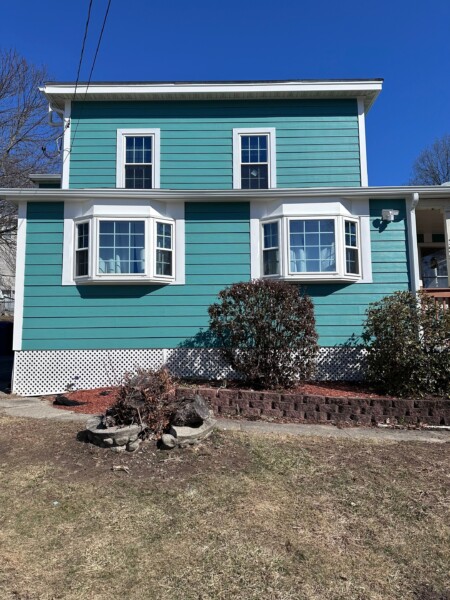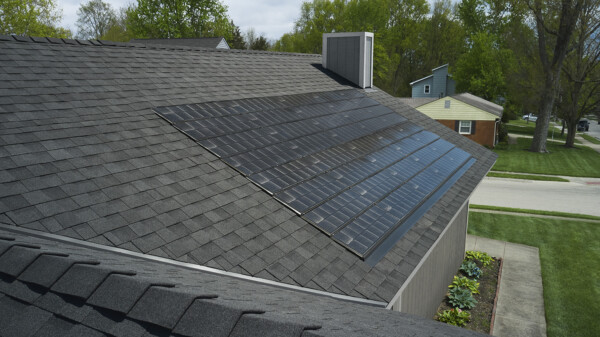
Whether its foam backed Vinyl, James Hardie® Fiber Cement or Everlast Composite Siding- it’s all about keeping your home warm this winter. Fall is the time to prepare! According to Farmer’s Almanac, we’re not going to have the mild winter that we experienced last year. It’s going to be cold and snowy—back to reality for those of us living in New England!
To make matters worse, many of us are concerned about how we will pay for our energy bills during the cold season. The good news is that you can prepare your home for Winter with insulated maintenance free siding, crafted from quality materials.
Consider this checklist for key performance, overviewing warning signs that your current cladding won’t offer proper protection.
Rotted or Warped Siding
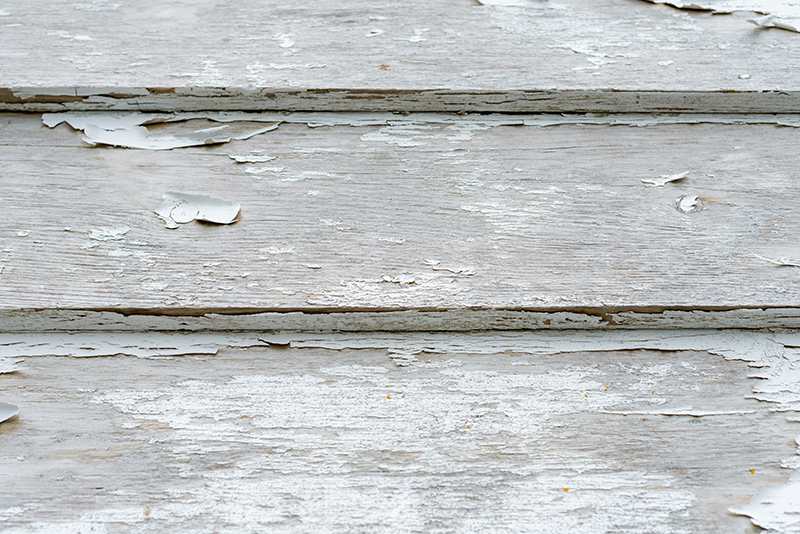
If you spot warped or rotted siding on your exterior, you’ll need to determine the extent of moisture damage to the underlayer.
How to do the siding screwdriver test and check for rot:
- Taking a screwdriver, push down into the siding to see how much resistance (if any) the siding gives.
- If the screwdriver sinks right through the panel, you have a serious case of rot on your hands.
- If the layer under a home’s siding has begun to rot or become soft, that is a sure sign that the home’s siding is due for immediate replacement
Rotting siding does not provide an insulating barrier against the elements. Moisture damage will continue to get worse over time, especially as frigid winter settles over New England with plenty of ice, snow, and freezing rain to cause further damage.
Vinyl siding is maintenance-free and moisture proof. Unlike wood siding, vinyl is not susceptible to rot, keeping an insulating layer against the elements while your home remains warm. Meanwhile, James Haride® is low maintenance and comes equipped with an incredible moisture proof protection called HardieWrap®. This siding is engineered specifically for our climate!
Loose or Cracked Siding Panels
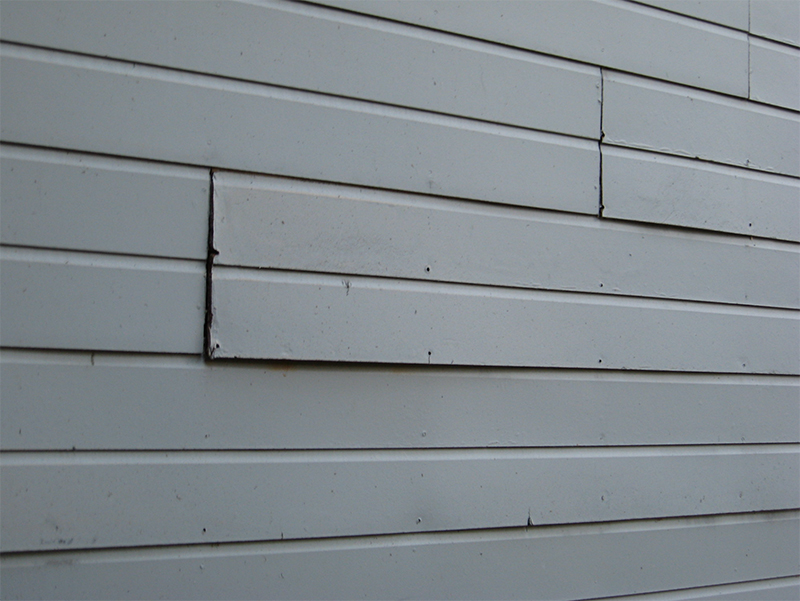
Loose and cracked siding panels are more than just an eyesore. The panels may be hiding damage underneath, since loose panels are typically knocked out of place by strong winds or an object hitting the siding.
How to discover loose siding panels:
- Take a peek under the panels to find out what is going on. You may find moisture damage, or even termite damage underneath.
- You might see panels flapping in the wind won’t help conserve energy during the winter months. Heat will escape through the wood studs without any barrier or insulation.
- Check any layers underneath broken or cracked siding to make certain there is no extra damage.
- Cracked, broken, or loose pieces of siding must be removed and replaced. Otherwise, water may seep behind those pieces of siding and potentially cause severe (and expensive) problems down the line.
Bubbled and Blistered Siding
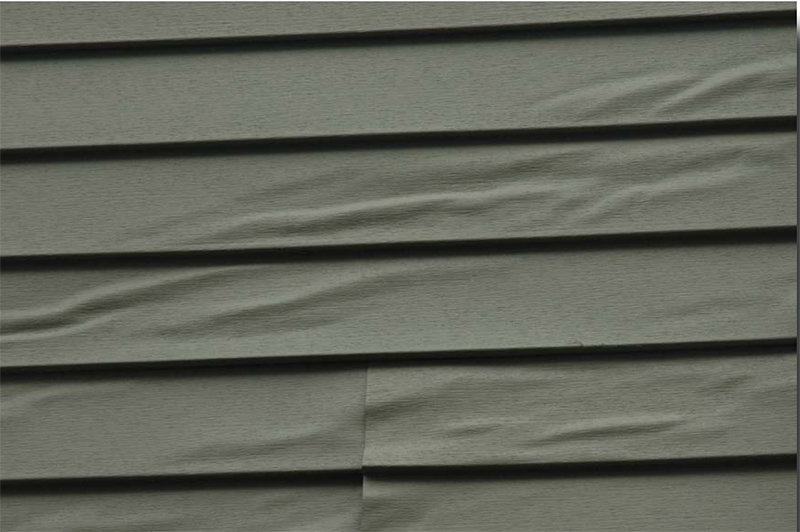
Bubbled siding is a clear sign of moisture damage. It means that moisture is seeping behind the panels and settling in, causing the panels to boast a bubble pattern.
Not to burst your bubble, but bubbled siding is a major sign that replacement is in order. The paint is separating from the underlying surface. Not only can moisture be a culprit for bubbling and blistering, but so can heat.
Regardless of the cause, the structural integrity of your siding is suffering if you find signs of bubbling and blistering paint. Keep in mind that Accuweather and the Farmers’ Almanac is predicting a cold and snowy winter, which can lead to moisture damage. New vinyl siding or James Hardie® are engineered to maintain their structural integrity for life without being susceptible to moisture damage.
Any indication of water trapped on or under the siding is an immediate red flag. The one thing that siding is meant to do is to keep moisture away from the walls under the siding.
Mold and Mildew Growth
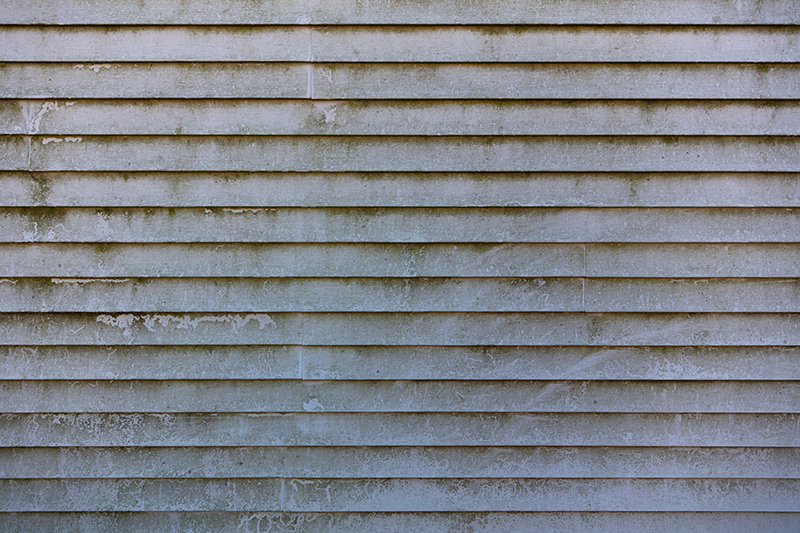
Mold and mildew growth is another sign of moisture damage to your exterior cladding. Mold and mildew can be prevalent on wood siding since it’s an organic material. Allowing mold to grow and flourish, especially under the panels, can pose major problems such as breaking down the material of your cladding.
Any type of growth such as fungus, mold, or mildew on a home’s siding, especially at or near seams in the siding, may indicate that water is penetrating it and being held inside the wall, where it is slowly released once again, causing unwanted growth. While not all signs of fungus, mold, or mildew on siding is a cause for alarm, such growth should be cause to investigate further.
Looking for a real life example? This video on our YouTube channel shows a client who had a moldy exterior. Upgrading to new vinyl siding transformed their curb appeal while bringing all the benefits of maintenance free siding, including energy savings and insulation for the cold months.
Keep in mind that vinyl siding is a big part of the equation for preventing mold growth. However, house wrap acts as a moisture proof barrier that prevents mold growth as well.
Sealing Your Home’s Thermal Envelope
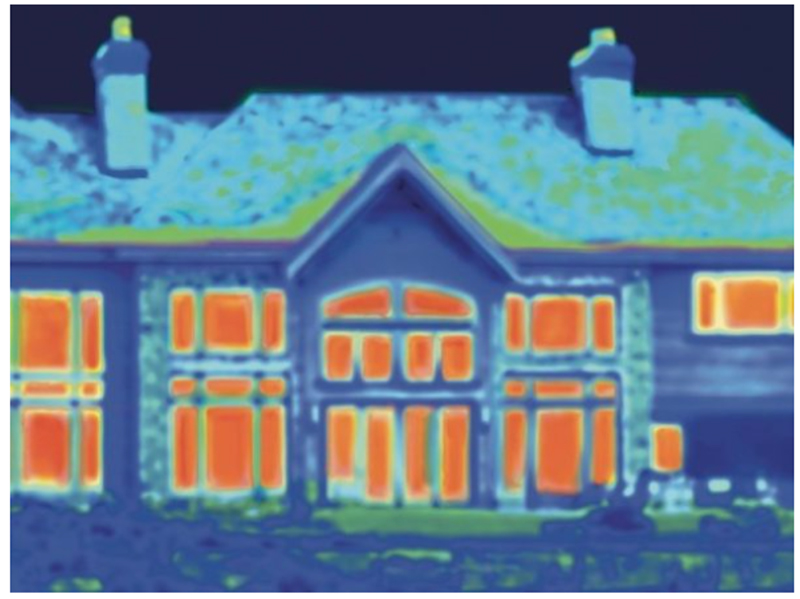
Your home’s thermal envelope consists of several components, including your exterior cladding. Think of the thermal envelope as the heat flow control layer of your home. It helps heat from escaping while keeping a comfortable indoor environment through the winter months.
Unfortunately, over 30% of your home’s energy can escape through the walls. This includes gaps and cracks in the exterior as well as the wood studs. This is why insulated vinyl siding is a smart investment. Insulated siding improves energy efficiency by reducing thermal bridging acting as a blanket-continuous insulation over the studs, which helps homes stay cool in summer and warm in winter.
Poorly performing siding and low grade wall insulation can be a prime cause for excess heating and cooling bills. If a visual inspection of the siding (as well as the seams where it meets the roof) indicates that heating or cooling could be escaping through the siding, then it’s time to act now before the bitter forecasted Winter weather comes,
House wrap can help in terms of sealing the thermal envelope. This is because house wrap helps block drafts that can otherwise make your home feel cold and uncomfortable.
Get New Siding Installation this Autumn Season: See Your Home for FREE in 3D
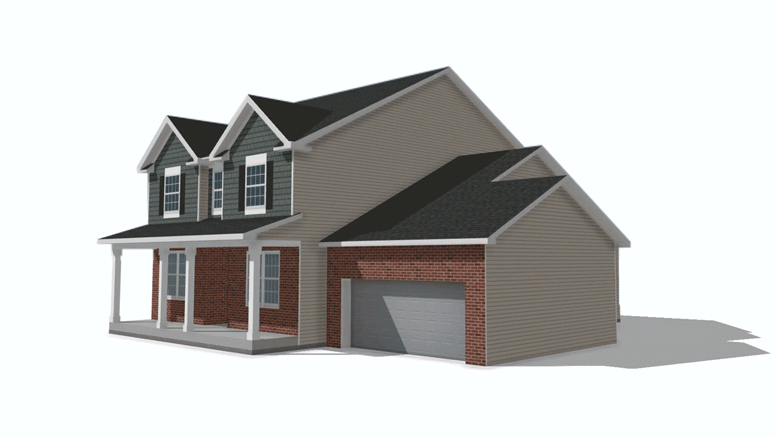
The truth is that new siding can help offset high energy bills and keep your home cozy. The upcoming cold weather is no match for our quality insulated siding, maintenance-free and designed to protect your home for life. Reach out to schedule your own free in-home design consultation and see how your home will look in 3D!

